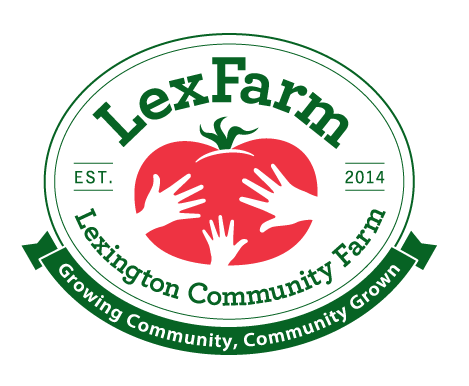Notes from the Field: Week 4

Notes from the Field: Our irrigation system
Summer 2018 Week 4
This weekend we got 1 inch of rain at the farm! We’ve been irrigating literally round the clock for the last few weeks and our plants were still looking parched after relentless sun and no appreciable rain fall in the past month. I was feeling parched myself! I spent a blissful Friday night about as far away from our fields as I could imagine, watching Incredibles 2 in air conditioning with a bucket of popcorn and lemonade, replenishing electrolytes. Needless to say, Sunday’s rain was a welcome relief for all.
Most of our crops need at least 1 inch of water per week to produce our expected yields. We have had 1.25 inches of water in the last month.
Water is essential for plants’ growth, as it provides most of the structure in leaves and stems. Without water, the sturdiness and structure in the stem is lost and you can observe a plant wilting. Water is also used during photosynthesis to create food (carbohydrates) for the plant. In the soil, water is used by microorganisms which help break down nutrients into available food for plants. Water is also necessary to dissolve nutrients into solution in the soil, so that plant roots can adsorb them. [Looking for more information like this? Check out our Intro to Organic Gardening Series tonight!]
We do our best to supplement rainfall with two kinds of irrigation, though this provides nowhere close to the amount of water an inch of rain can provide.
The majority of our fields are irrigated by drip irrigation–a wonderful method of water conservation. We use a very simple set up, in which a garden hose supplies a 1-1/2″ poly pipe with several nozzles attached to it. These nozzles connect to plastic drip tape — thin plastic tubes with small holes every 8″ to allow water to slowly drip out and into the soil. Using drip irrigation allows us to irrigate under black plastic (which we use to heat up the soil and suppress weeds), and to water plants without getting their leaves wet. As many plant diseases take hold in moist conditions, this helps to keep our plants healthy. Drip irrigation also allows us to pump liquid organic fertilizer through our irrigation lines, in order to give plants a little boost mid-season. We experimented with this in the strawberry field this year and I was pleased with the flavor and yields from the plants.
The downside of drip irrigation is the amount of plastic we end up throwing away at the end of the year. The drip tape does not stand up well to multiple seasons of use. To cut down on plastic waste, we use sprinklers to irrigate crops that aren’t as prone to disease and are not planted in black plastic.
This weekend’s inch of rain has still left us officially registered as “abnormally dry” by the US Drought Monitor. The great thing about farming is, there’s often a silver lining! Dry weather usually means plant diseases like tomatoes’ late blight don’t give us much trouble. We’ve been spending about an hour each day moving irrigation lines from crop to crop, but dreaming of a healthy crop of my favorite heirloom tomatoes certainly helps.
Farm Manager

